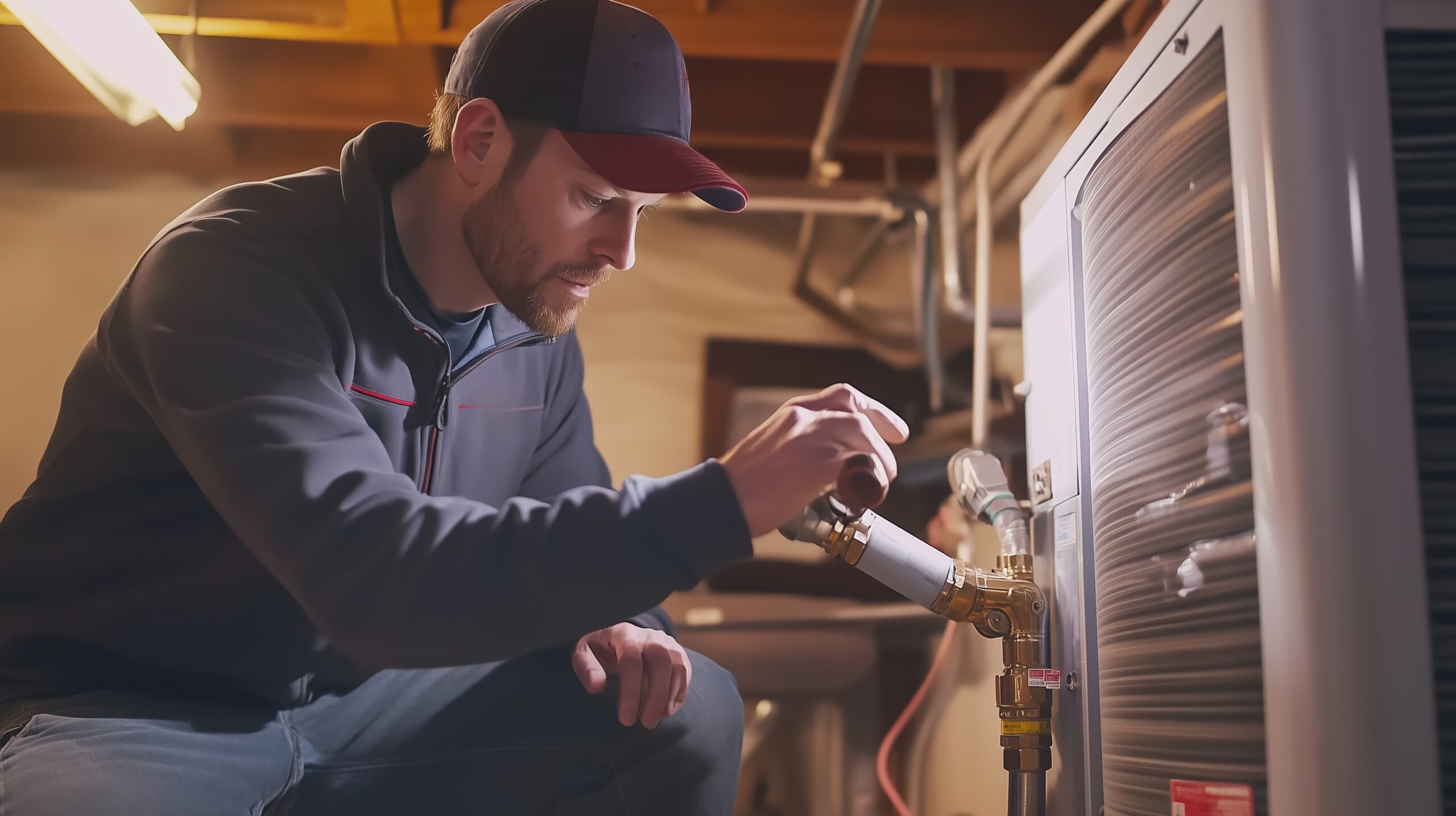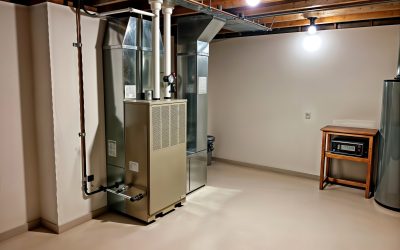This blog will explore the process of installing a furnace and the factors to consider when choosing a unit based on your preferences and budget.
Essential Factors To Consider When Choosing a Furnace
Ensure your choice of furnace meets your needs by considering these six essential points:
Type of Furnace
Furnaces come in various types, including gas, electric, oil, and propane. Gas furnaces are popular for their efficiency and low operating costs, while electric furnaces are ideal where electricity is affordable or gas isn’t available. Meanwhile, oil and propane furnaces are suitable for homes in rural locations without access to natural gas but may have higher fuel costs.
Size and Heating Capacity
The size of your furnace should be tailored to your home’s square footage and insulation levels. An undersized furnace may not sufficiently keep your home warm, whereas an oversized furnace can lead to wasted energy and inconsistent heating. A professional HVAC technician can calculate the ideal furnace size and capacity based on your home’s area and environmental conditions.
Climate Suitability
The furnace you choose should be tailored to the climate in your area. For extremely cold regions, high-capacity furnaces are essential to provide adequate warmth, while a lower-capacity unit can be more cost-effective in milder climates. Additional features like variable-speed fans or multi-stage burners should also be considered for better performance in varying conditions.
Energy Efficiency
Energy efficiency is measured by the Annual Fuel Utilization Efficiency (AFUE) rating, with higher ratings indicating better performance. Choosing a high-efficiency furnace — typically 90% AFUE or above — can significantly reduce monthly heating costs.
Cost and Budget
Consider both the upfront price of the furnace and the long-term operating expenses. High-efficiency models typically have a higher initial cost but can save money over time. Moreover, include installation costs and potential maintenance expenses in your calculations to understand the full financial commitment of your investment.
Brand Reputation and Warranty
Select a brand with a proven track record of durability and customer satisfaction. A good warranty is also crucial, as it covers potential defects or issues. Lastly, look for HVAC brands or contractors that offer readily available customer support to guarantee a hassle-free experience.
What To Expect During a Professional Furnace Installation
Here are the key steps professionals follow for a precise installation:
1. Pre-Installation Assessment
Technicians will evaluate your home’s heating needs, considering factors like square footage, insulation, and climate. They use this information to recommend the best furnace type and size for optimal efficiency and comfort.
2. Area Preparation
Before installation begins, the area will be cleared of obstacles and prepared to accommodate the new furnace. This includes making necessary space adjustments and verifying that all connections, including ducts and electrical wiring, are ready.
3. Installation Proper
Next, the furnace will be carefully installed — securing and connecting it to your home’s ductwork, electrical system, and fuel source. Professionals will ensure that all connections meet local building codes and safety standards.
4. Detailed Testing and Adjustments
After installing the furnace, the contractor will run multiple tests to verify proper operation, checking the airflow, thermostat responsiveness, and system efficiency. They will fine-tune the settings to achieve the best performance and energy efficiency.
5. Final Inspection and Cleanup
A thorough inspection will be performed to make sure the installation meets all safety and performance standards. Once confirmed, technicians will clean the workspace, leaving your home as tidy as it was before the installation!
6. Post-Installation Support and Guidance
Professionals will provide a walkthrough of the furnace system before leaving, explaining its features, recommended maintenance, and troubleshooting tips. They will also answer any questions to help you feel confident operating your new heating system.
Trust Clarksville Heating & Air’s Furnace Solutions for Your Home!
At Clarksville Heating & Air, we take pride in delivering top-tier furnace installation and replacement services to keep your home cozy throughout the winter. Our certified, factory-trained technicians ensure accurate installations, helping you maximize energy efficiency and enjoy full manufacturer warranties.
With a wide selection of high-efficiency furnaces — including single-stage, two-stage, and modulating systems — we cater to all your home’s heating needs! Learn more about our furnace installation process, or schedule your appointment today.







